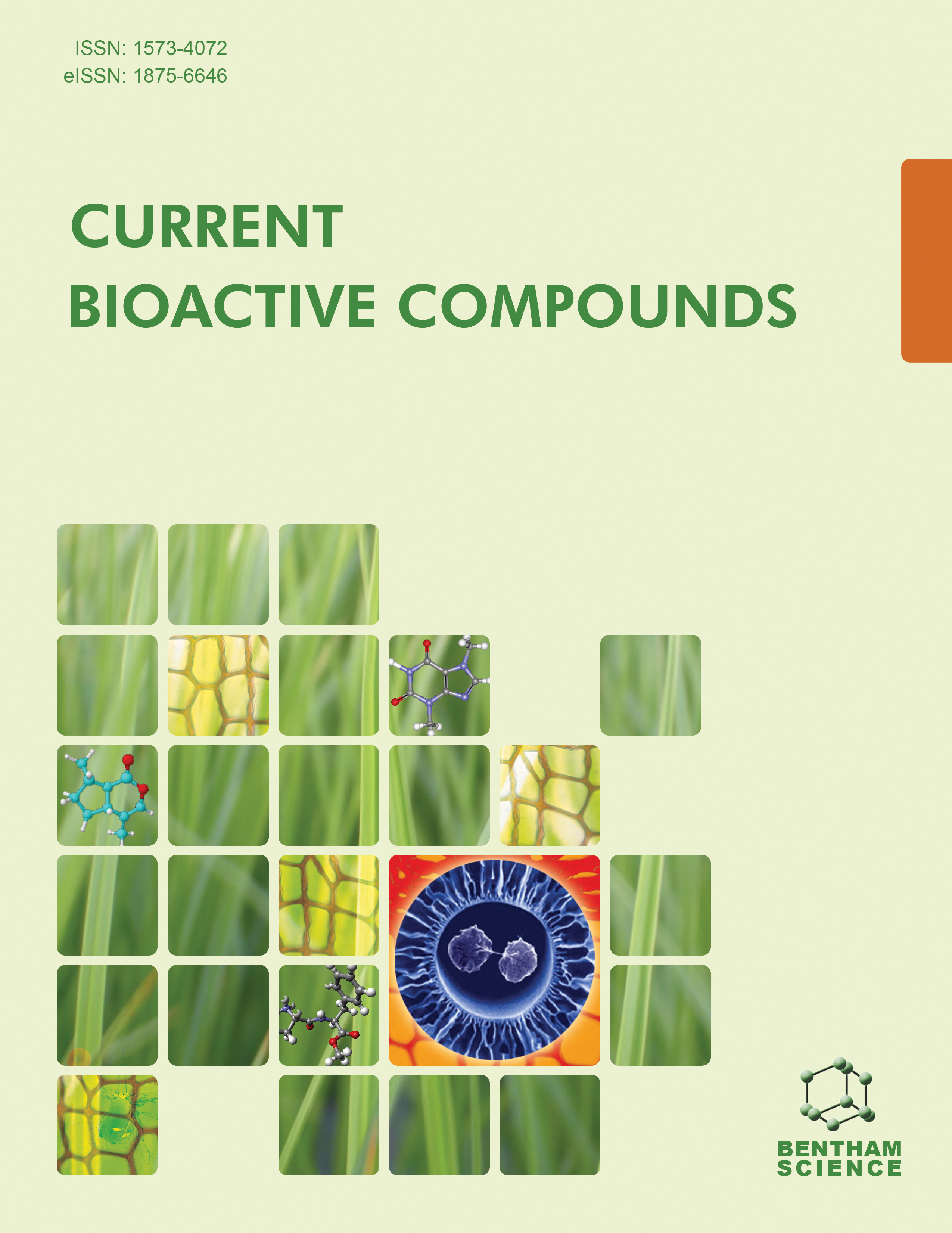
Full text loading...
We use cookies to track usage and preferences.I Understand

Paracetamol overdose can lead to severe liver damage due to the formation of toxic metabolites. Casimiora edulis, rich in polyphenols and flavonoids, and silymarin, a known liver protectant, may help mitigate this damage.
This study aims to characterize the main phytoconstituents of Casimiora edulis leaves and evaluate their hepatoprotective activity.
Leaves of Casimiora edulis were extracted with methanol. The total flavonoid and phenolic acid contents in the methanol extract were identified using HPLC. The hepatoprotective effects were assessed in 30 mice divided into five groups, treated with paracetamol to induce liver damage, and administered Casimiora edulis extract or silymarin at different doses. Blood and liver samples were collected to measure biochemical markers, oxidative stress indicators, inflammatory markers, and gene expression. Histopathological examination of liver tissues was also performed.
HPLC analysis revealed a rich polyphenolic profile, with gallic acid (1905.83 µg/g) and diadzein (7039.18 µg/g) as predominant compounds. Paracetamol administration significantly increased TC, TG, liver enzyme levels (ALT, AST, LDH, ALP), MDA, IL-6, TNF-α, and CYP2E1, while decreasing HDL-c, SOD, GSH, and CAT levels, as well as BcL-2 and P53 gene expression, indicating hepatotoxicity. Treatment with Casimiora edulis extract and silymarin significantly mitigated these adverse effects, improving plasma lipid profiles, liver enzyme levels, oxidative stress biomarkers, inflammatory mediators, and gene expression. In addition, Casimiora edulis extract and silymarin significantly improve liver histopathological scores in paracetamol-treated mice. Despite severe congestion and necrosis, the liver maintained its typical structure with central veins and hepatocyte cords, highlighting the potential therapeutic benefits of these treatments.
Casimiora edulis extract and silymarin demonstrate significant hepatoprotective effects against paracetamol-induced liver damage. Their rich polyphenolic and flavonoid content effectively mitigates oxidative stress and inflammation, improving biochemical markers and preserving liver structure. These findings highlight their potential as therapeutic agents for liver health.

Article metrics loading...

Full text loading...
References


Data & Media loading...